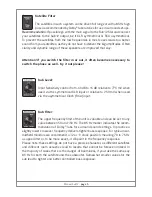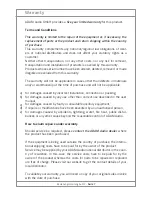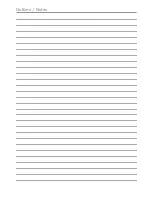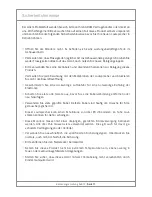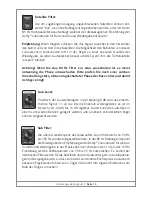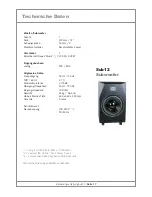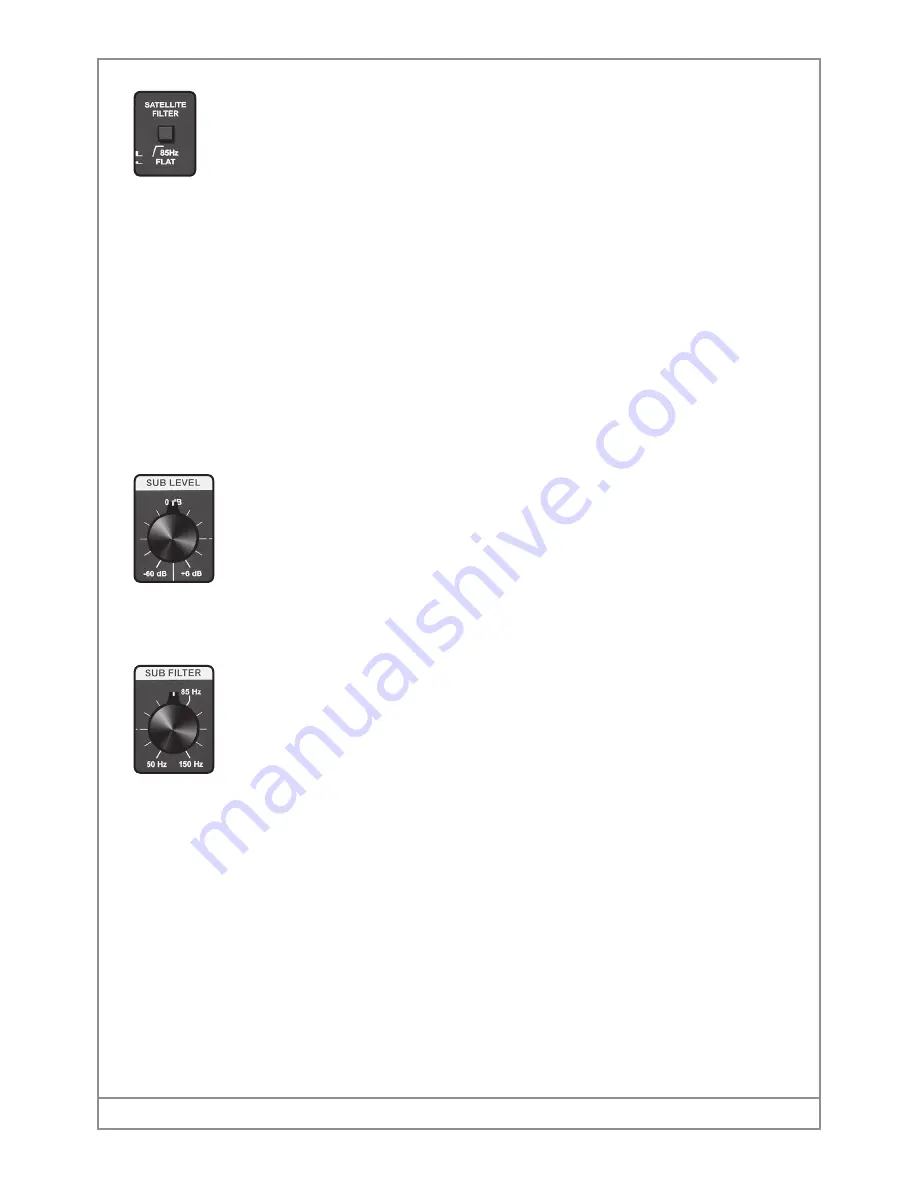
Manual Sub12 -
page 4
Manual Sub12 -
page 5
Satellite Filter
The satellites in such a system can be driven full range or with a 85 Hz high
pass as recommended by Dolby® laboratories for use in surround set-ups.
Recommendation:
If possible go with the main signal to the Sub12 first and connect
your satellites to the Sub12 output, be it XLR symmetrical or RCA asymmetrical.
To prevent the satellites from the low frequencies in most cases leads to a better
sound from your satellites, as they do not have to deliver the big amplitudes. Often
clarity and dynamic range of these speakers are improved that way.
Attention! If you switch the filter in or out, it often becomes necessary to
switch the phase as well - try it out please!
Sub Level:
Input Sensitivity control from -60 dB to +6 dB relative to 775 mV when
used via the symmetrical XLR input or relative to 250 mV when used
via the asymmetrical Cinch (RCA) input.
Sub Filter:
The upper frequency limit of the unit is variable and can be set to any
value between 50 and 150 Hz. The 85 Hz marker indicates the recom-
mendation of Dolby® labs for surround sound settings. In practice a
slightly lower crossover frequency delivers tighter bass response, for typical near-
midfield monitors we recommend a 12 or 11 clock position, meaning 70 to 75 Hz
as upper limit or, to be more exact, -3 dB point in the frequency response.
Please note: these settings do not have a precise character, as different satellites
and different room acoustics lead to results that cannot be foreseen indeed. In
the majority of cases there is the danger of boominess, if you take the same say
85 Hz for both the satellite and the subwoofer. Somewhat smaller values for the
sub lead to tighter and better controlled bass response.





